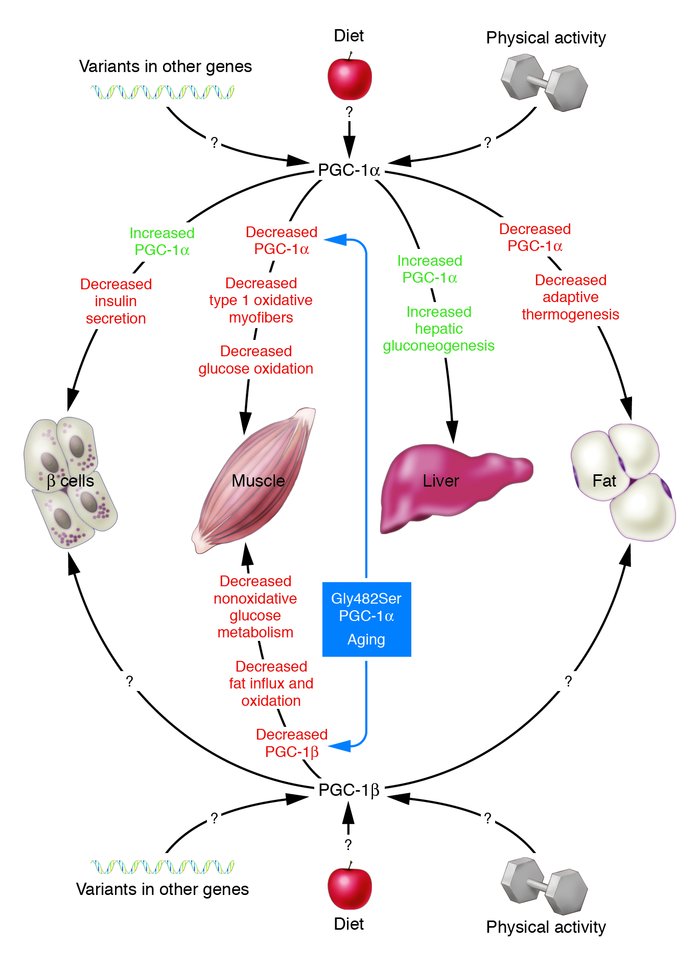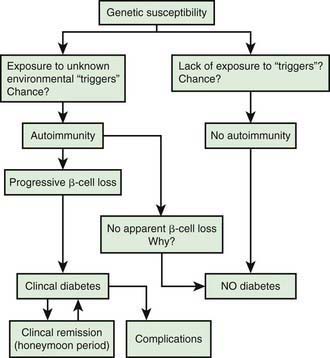Schematic Diagram Pathophysiology Of Diabetes Mellitus Type 1

Only 5 of people with diabetes have this form of the disease.
Schematic diagram pathophysiology of diabetes mellitus type 1. As we learn more about the pathophysiology of diabetes mellitus we find that. Type 1 diabetes is more common among children and young adults around 20 years. Pathophysiology of type 1 diabetes condition is by large characterized by a deficiency of insulin hormone. Type 1 diabetes is due to pancreatic islet b cell destruction.
It develops when the body s immune system destroys pancreatic beta cells the only cells in the body that make the hormone insulin which regulates blood glucose. Consequently the pancreas secretes little or no insulin. A common distinction is made between type a accounting for up to 90 of overall. Though diagnosis of type 1 diabetes frequently occurs in childhood 84.
It is now well recognised that t1dm is an autoimmune disorder characterised by the destruction of insulin producing pancreatic β cells 17 like many other immune mediated diseases t1dm shows heterogeneity in terms of age of onset severity of autoimmune response and efficacy of therapy. Type 1 diabetes mellitus is a syndrome characterized by hyperglycemia and insulin deficiency resulting from the loss of beta cells in pancreatic islets mapes faulds 2014. The two types of diabetes mellitus are differentiated based on their causative factors clinical course and management. Type 1 diabetes mellitus.
For effective understanding medicine has had pathophysiology of type 1 diabetes mellitus made easy by grouping into three categories they are an autoimmune mechanism genetic considerations environmental factors. It is characterized by disturbances in carbohydrate protein or fat metabolism. This condition is known to occur at any age group but the majority of affected individuals are diagnosed in their mid teenage years. The onset of clinical disease represents the end stage of β cell destruction leading to type 1 diabetes mellitus.
Regardless of the pathophysiology of diabetes chronic high blood. Pathogenesis of type 1 diabetes mellitus type 1 diabetes mellitus is a chronic autoimmune disease associated with selective destruction of insulin producing pancreatic β cells figure 1. Pathophysiology of diabetes type 1. The pathophysiology of type 1 diabetes mellitus suggests that it is an autoimmune disease wherein the body s own immune system generates secretion of substances that attack the beta cells of the pancreas.
It is classified as type 1 insulin dependent or juvenile onset diabetes and type 2 non insulin dependent or also called as insulin resistant disease. Type 1 diabetes type 1 diabetes is usually diagnosed in children and young adults. Type i diabetes mellitus formerly referred to as juvenile onset diabetes mellitus or insulin dependent diabetes mellitus.


















